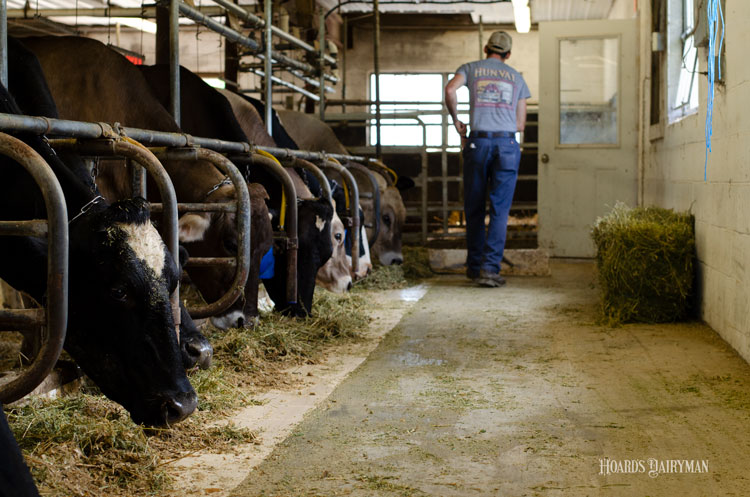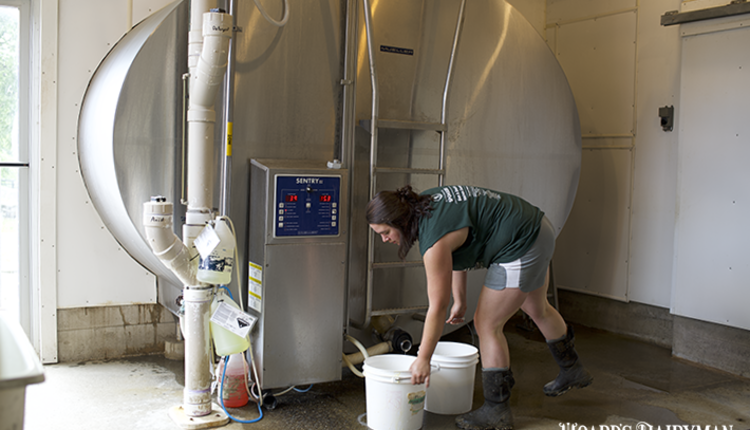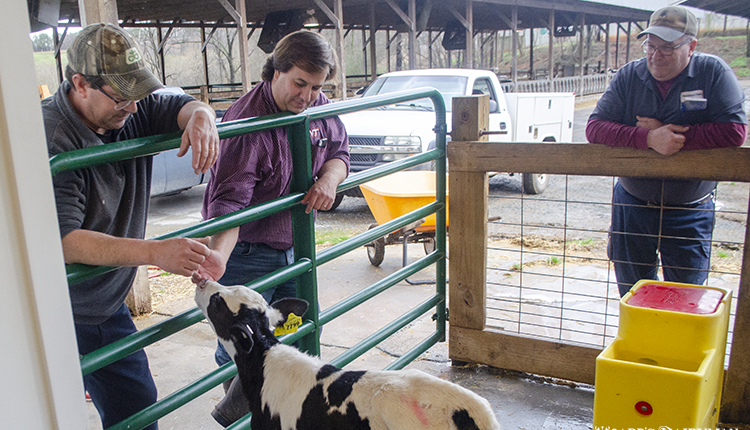
Benchmarking is a great tool to have in the financial analysis toolbox.
Comparing your farm business to successful peers is a powerful means to learn where your operation is doing well or where it needs some additional attention. However, that comparison breaks down quickly if you are comparing incomparable metrics.
For example, a farm business that is using tax depreciation versus one that is using economic depreciation may be quite different for no other reason than the method of calculating depreciation.
Another challenge is accounting for unpaid labor and management.
Consider the following two farms managed and owned by John Jones and Sam Smith. In this example, both of these farm businesses earn $50,000 per year, but do so in different ways.
- John Jones supplies labor and management to his farm but does not pay himself a salary. Compensation comes in the form of a $50,000 withdrawal from equity for family living expenses. This is an example of unpaid labor and management.
- Sam Smith has a virtually identical farm in terms of production and profitability. However, Sam’s business pays him a $50,000 salary, just like any other hired labor.
The $50,000 paid as a wage to Sam is an operation expense and is a deduction from profits. For John, there is no operational expense for labor and no deduction from profits. Instead, it is a withdrawal from equity. The following table shows the math. It also illustrates how benchmarking “Return on Assets” could lead one to a wrong conclusion.

If no adjustment for unpaid labor and management is included in the calculations, then the conclusion would be that John is doing significantly better than Sam. However, the reality is that they are the same.
The lesson learned is that benchmarking is a great financial analysis tool, but it must be an apples-to-apples comparison. If this does not happen, then the wrong conclusion could be made. Unpaid labor and management is just one of the areas that could be different. Depreciation, how assets are valued, cost versus market value are a few others.








